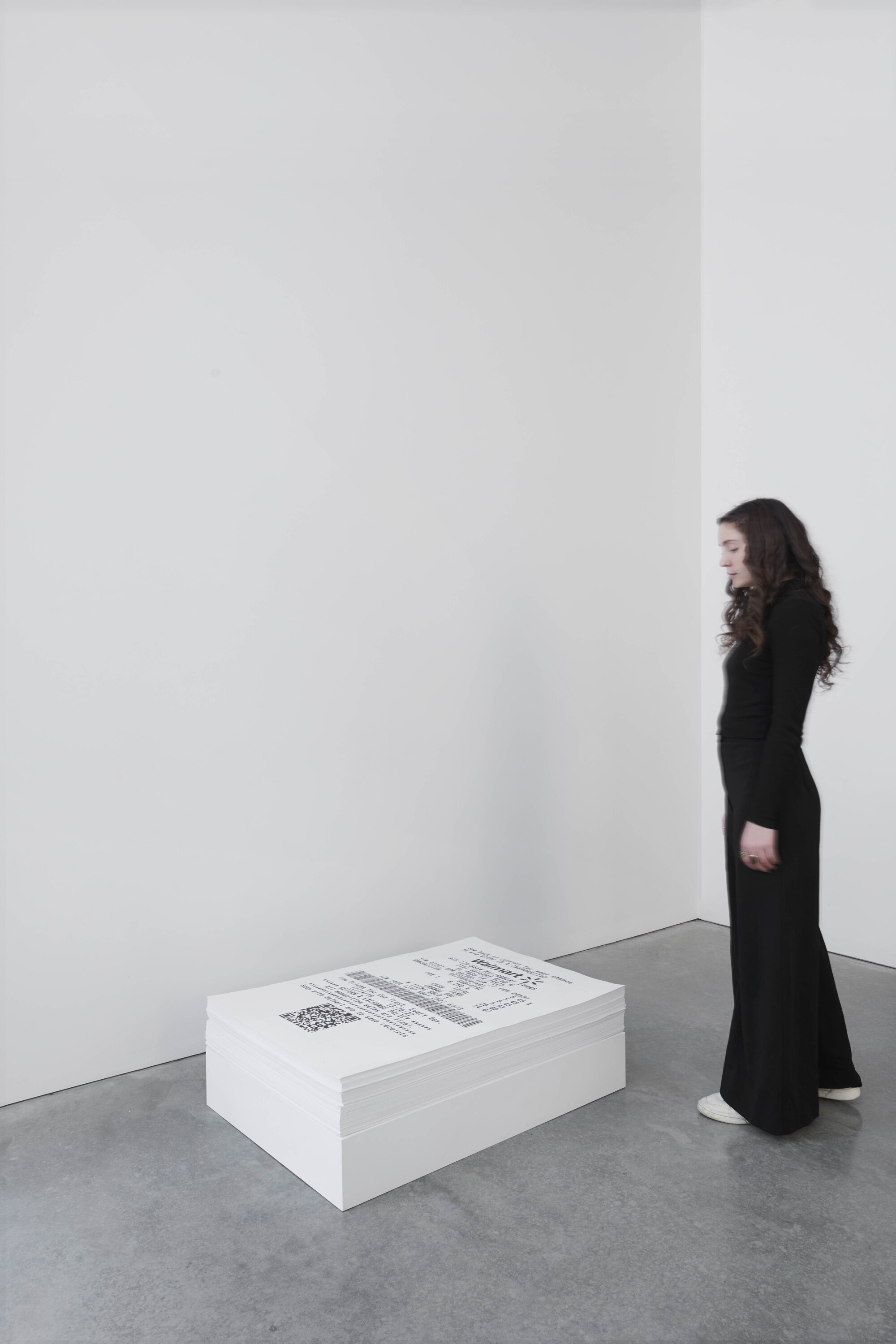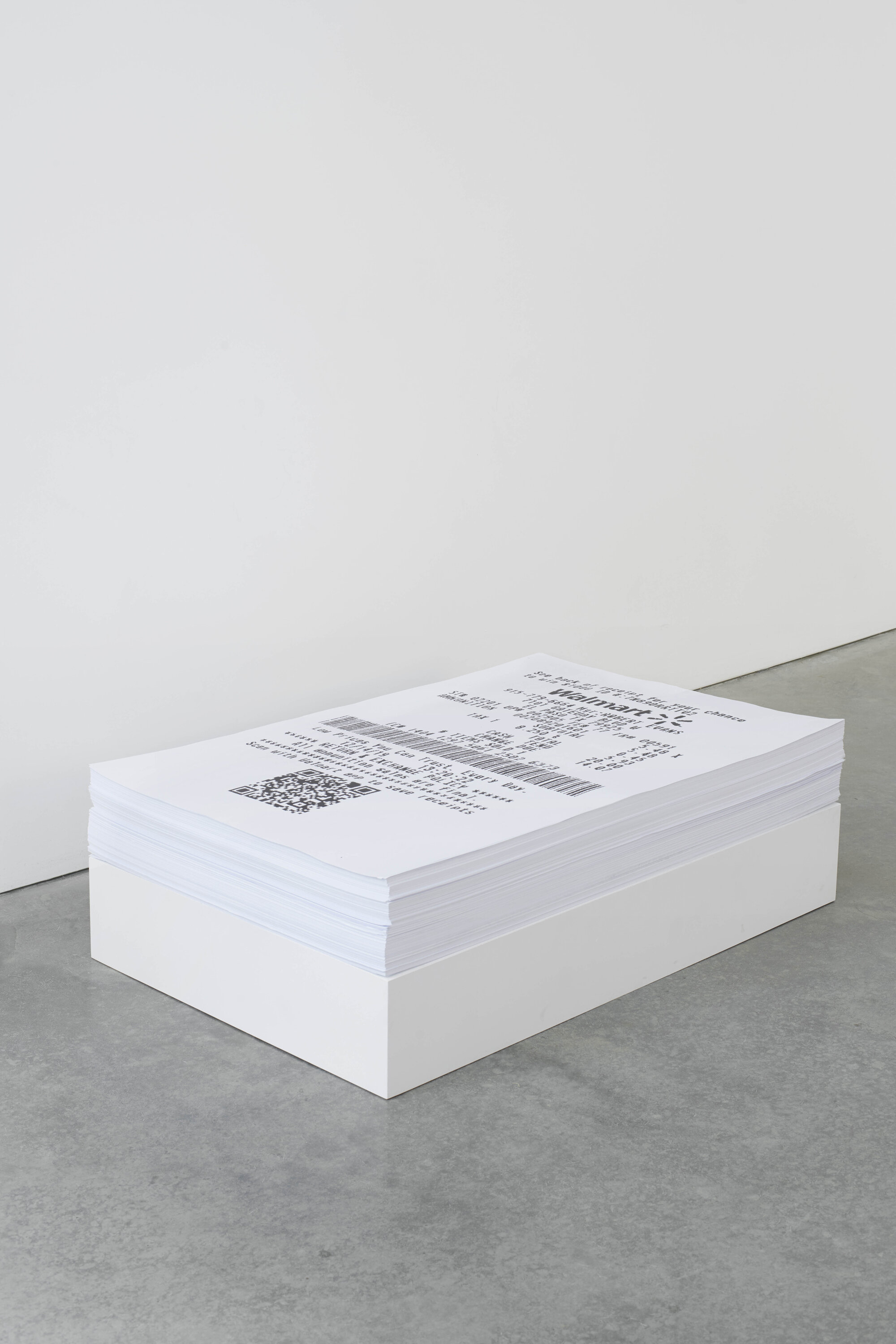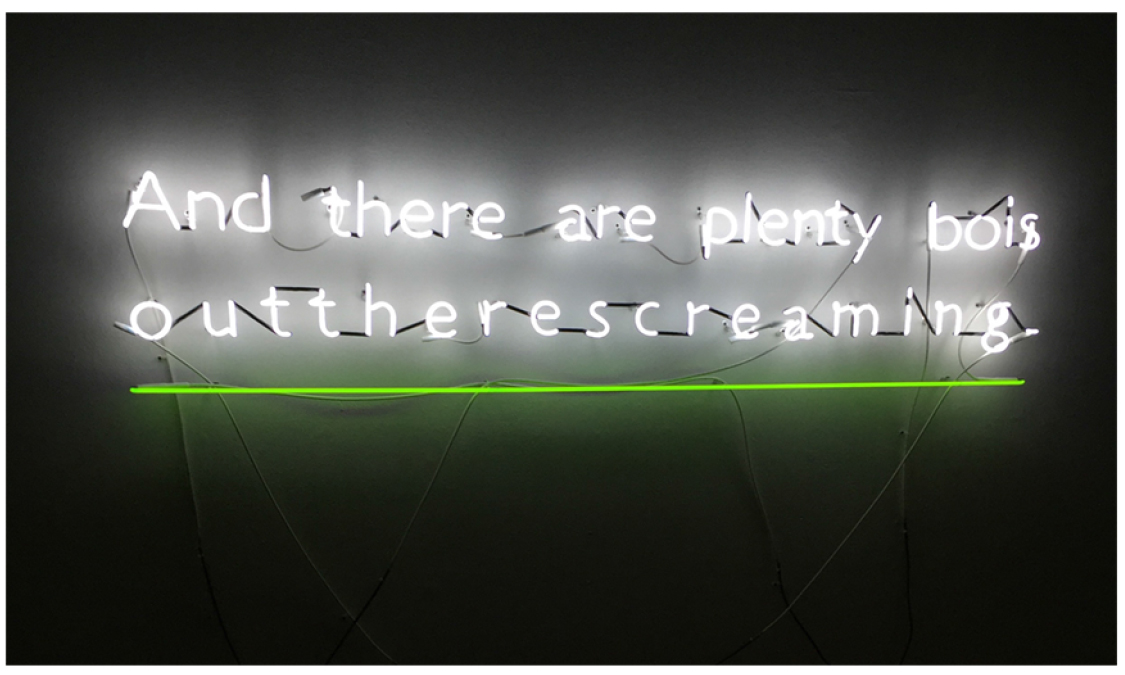Reviews of Teresa Margolles at James Cohan.
Kate Green for Frieze
Colby Chamberlain for Artforum
Christian Viveros-Fauné for Artland
Susan Breyer for The Brooklyn Rail
Johanna Fateman for 4Columns
Siddhartha Mitter for The New York Times
At James Cohan, New York, sculptures made from materials collected at crime scenes indict a system of violence and exploitation
For Teresa Margolles’s first major exhibition in New York since 2002, when she filled a gallery at MoMA PS1 with the vaporized water ordinarily used to wash corpses (Vaporización (Vaporization), 2001), the Mexican artist presents potent sculptural and photographic objects that render visible the inscription of institutionalized violence on both bodies and land along the US-Mexico border. In a gallery located just a mile from Wall Street – the symbolic heart of world financial markets – on an island that colonists swindled from the Lenape, ‘El asesinato cambia el mundo / Assassination changes the world’ links violent exploitation along the borderlands to current and historical states of exception as well as the conditions of late capitalism.
At the entrance, the first of two pieces titled Receipt (all works 2020) – a stack of take-away posters – usefully locates Margolles’s critique. The titular paper slip, enlarged here to fill the poster, evidences the artist’s US$6 purchase of ammunition at the Walmart store in El Paso where, in August 2019, a shooter massacred 22 people, mostly Mexican-Americans. The poster format, which echoes Felix Gonzalez-Torres’s ‘stacked’ works of the 1990s, is a miss: what does it mean to circulate, free of commentary, the image of a legal arms deal? More effective, however, are two related framed works: the original receipt, small and fragile, alongside an exquisite photo of two-dozen red and silver bullets, piled like the bodies they are sold to slaughter (Super Speed / El Paso, Texas). more at Frieze.com







